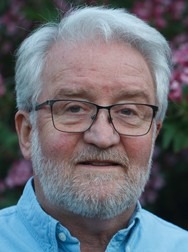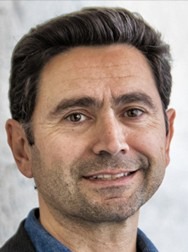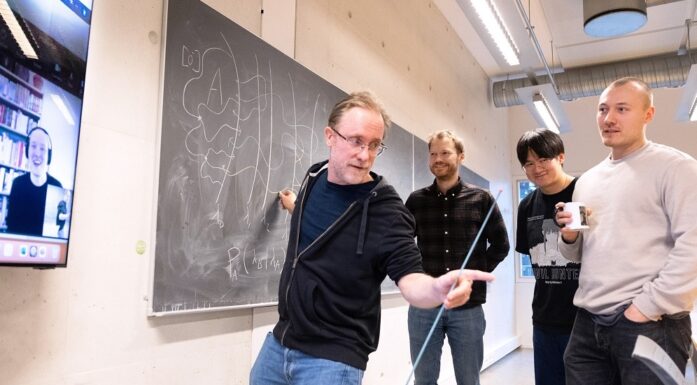Kavli Prize in nanoscience goes to four pioneers
Four men share the Kavli Prize in nanoscience for their work on electron microscopy.
Knut Urban, Ondrej Krivanek, Max Haider and Harald Rose have been awarded the Kavli Prize in nanoscience for 2020. They are receiving the award for their work on aberration-corrected transmission electron microscopy (TEM).
The work of the four prize winners has contributed to creating more precise electron microscopes.
The Science Academy announced the 2020 Kavli Prize winners on Wednesday 27 May. The Kavli Prize is awarded to outstanding researchers in nanoscience, astrophysics and neuroscience – fields dealing with the very small, the very big and the very complex.
- The award in astrophysics goes to Andrew Fabian for his groundbreaking work in X-ray astronomy. This is the study of X-rays in space.
- The neuroscience award goes to David Julius and Ardem Patapoutian for the discovery of pressure and temperature receptors.
The awards consist of a gold medal, a diploma and USD one million for each field. The Kavli Prize is a partnership between The Norwegian Academy of Science and Letters, The Kavli Foundation (USA) and The Norwegian Ministry of Education and Research.
Due to the current COVID-19 situation, there will be no Kavli ceremony either this year. Instead, multiple winners will be honoured in 2022. They will come together at NTNU in Trondheim on Wednesday, 7 September 2022, and lectures and a dinner at Archbishop’s Palace will be held the day after.
Technology provides higher resolution images
Spherical aberration is a phenomenon that makes lenses unable to focus light perfectly. Electron microscopes use electromagnetic lenses instead of glass lenses for the electron beam that illuminates the specimen.
The award winners have corrected these electromagnetic lenses for spherical aberrations so that the images are clearer. The famous Hubble Telescope uses this technology.
Rose, Haider, Krivanek and Urban carried out much of their work in the 1990s, when they developed the theory, built prototypes and obtained results. Initially, the aberration-corrector technology was retrofitted to existing microscopes. It became available on commercial instruments a few years later.
Why is the technology important?
A transmission electron microscope is used to study materials at extremely high magnification, on a nanometre scale. This technology enables scientists to find and understand connections between how the materials are structured at the atomic level and their properties, such as strength, effectiveness and efficiency.
An aberration-corrected TEM provides multi-million time magnification and can image atomic structures, interfaces, lattice errors and other features at resolutions much smaller than an atom.
If we were to magnify a handball by the same amount, it would be as large as the entire Earth. A strand of hair is about 70 microns. The coronavirus is 1000 times smaller. Magnifying another 1000 times makes it possible to see atoms.

These images show improvements using aberration-corrected TEM scanning. Image a) is uncorrected, while image b) is the corrected version. In 2011, these images helped to convince the Research Council that Norway needed new, aberration-corrected microscopes. Photo: Calin Marioara and Chris Boothroyd (2010).
TEM in Norway and Trondheim
Norway’s first aberration-corrected TEMs came to Trondheim and Oslo in 2012 as part of the national infrastructure project NORTEM (Norwegian Centre for Transmission Electron Microscopy), funded by the Research Council of Norway through the INFRASTRUCTURE program. NORTEM has three partners (NTNU, SINTEF and UiO), with geographic nodes in Trondheim and Oslo.
Understanding materials at the nanolevel can contribute to the green shift and increase sustainability in Norway and the rest of the world. TEM contributes solutions in the fields of physics, chemistry, material technology, geology, medicine and nanotechnology.
The work at the TEM Gemini Centre in Trondheim has included improving aluminium alloys, batteries, solar cells and LEDs based on the material graphene, as well as magnetic materials and complex oxides that are important for developing new electronics and understanding fundamental physics.








